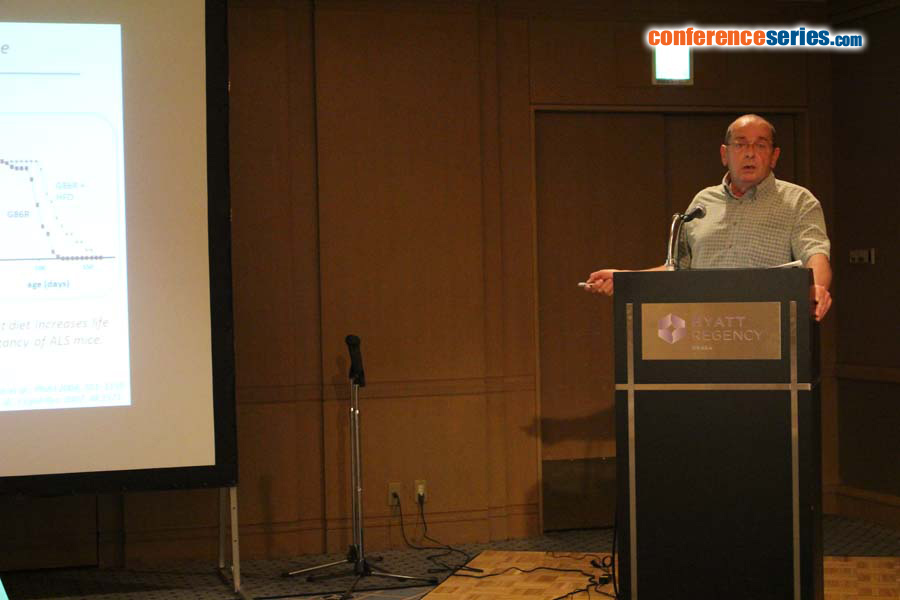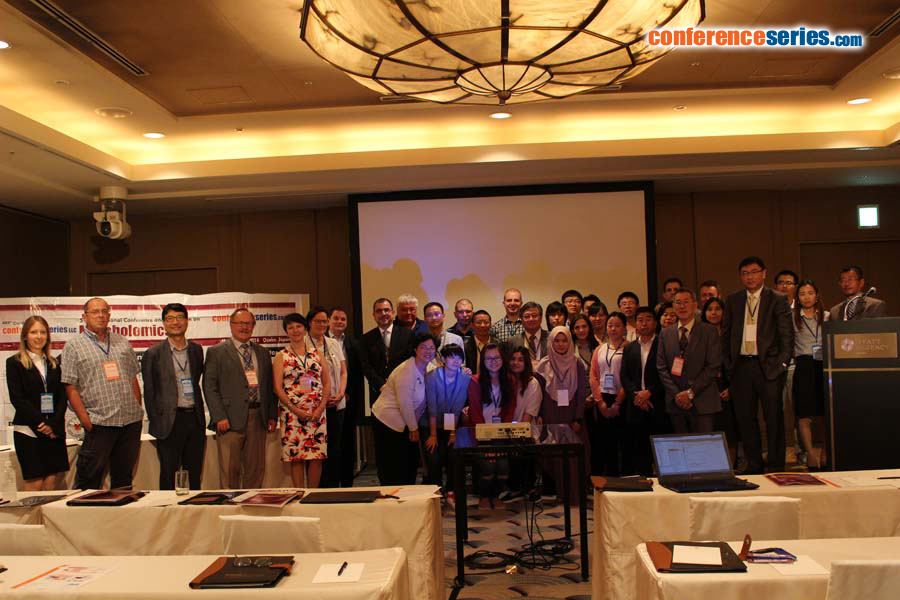
Loeffler Jean Philippe
Université de Strasbourg, France
Title: Metabolomic biomarkers for amyotrophic lateral sclerosis (ALS) in patients and animal models of ALS
Biography
Biography: Loeffler Jean Philippe
Abstract
Amyotrophic lateral sclerosis (ALS) is the most common motor-neuron (MN) disease in adults. ALS is characterized by the degeneration of upper and lower MN and is fatal within a time frame of 2 to 5 years following diagnosis. This diagnostic rests on differential clinical diagnosis that can take a year and thus the urgent medical need for this disease is to develop a rapid and simple diagnostic test based on the use of validated biomarkers. To address this issue, we focused over the last years on the metabolic aspects of ALS. We analysed the role of hypermetabolism associated with ALS and the role of lipids, both as a source of energy supply but also as a source of biochemical signalling molecules. We recently showed that in ALS models and in ALS patients, beta oxidation is favored compared with glycolysis. This results from a loss of metabolic flexibility and could be traced down at the genetic level to the induction of pyruvate dehydrogenase (PDH) kinase (PDK)4, the main regulator of PDH in the striated muscle tissue. This effect appears to be highly specific to ALS and is found in various ALS mice models (e.g., Tg for SOD1, FUS, TDP43……) and in ALS patient biopsies. Further, using global methods (e.g., transcriptomics and metabonomics) we show that: 1) Stearoyl coenzyme desaturase 1 (SCD1), the enzyme that drives lipids (mainly C 16 and C 18) towards beta oxidation is increased in patients and could thus be responsible for the ALS associated hypermetabolism. Further, we show that SCD1 activity, estimated by ratio of unsaturated on saturated C16 is a good predictor of ALS outcome. 2) The use of UPCL/TOF-MS reveals a crucial of glucosylceramides (GlcCer) in the course of the disease. HPLC analyses showed increased amounts of GlcCer and the downstream glycosphingolipids (GSLs) in ALS mice models (SOD1 G86R) and ALS patients. These findings suggest a crucial role of GSLs in ALS. Taken together, this set of data indicates a fundamental role of lipid metabolism in ALS. This approach should help to develop reliable biomarkers that will help to validate diagnostic tools that are currently required urgently.




